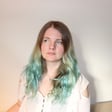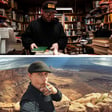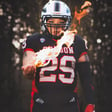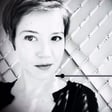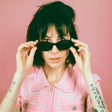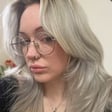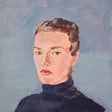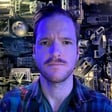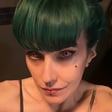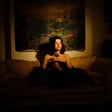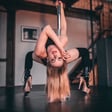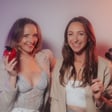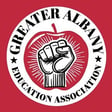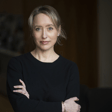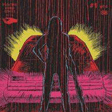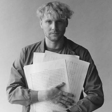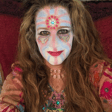
Magdolene Dykstra
You are really going to enjoy this deep dive into profound questions with Canadian Artist MAGDOLENE DYKSTRA. Her work with clay prompts the viewer to consider profound questions of ecology, elementals, growth, decay, the climate and art. I really love her Artist Statement that helps to describe the sheer profundity of her project . . .
A desire to understand my place in the universe drives my work. Using sculpture and installation, my work meditates on the unfathomable multiplicity of humanity. My compositions are inspired by microbiology, finding lineage in the Romantic artists of the 19th century who used their paintings to evoke the sublime by reminding the viewer of their diminutive status in relation to grand landscapes. In contrast to macro landscapes, I site the sublime in microbial terrain. In a time of environmental endangerment, my aesthetic of cellular accumulation references the vast numbers of the human race, swarming beyond what is sustainable. I compose my work using primarily unfired clay, imparting these roiling masses with precarity to reflect on the fragility of our collective existence.
Whatt is the role of the individual within the horde?
My sculpted paintings merge my interest in the foreign terrain of microbiology with an examination of what Barnett Newman called the “abstract sublime”. These works reference Abstract Expressionism’s use of immense scale to evoke feelings of transcendence. Within my work, each individual is absurdly insignificant except for its interconnectedness to everything around them. Gathered en masse, these lifeforms overwhelm the structure upon which they grow. Drawing on the ephemeral works of land artist Richard Long, my Interventions contextualize the microbial forms in the landscape. Despite the accumulating number of cells in each Intervention, they cannot withstand the elements, ultimately returning to the earth.
Just as prehistoric artists recorded their presence using pigments of the earth, I use clay to explore my relationship to the earth and the universe. Sculpture, installation, and drawing allow me to make the unseen tangible. Using clay connects me to rituals and cultures throughout human history. This primordial material bears the memory of the earliest artists, all the way back to the cave of Le Tuc d’Audoubert in France, where a bull and cow sculpted in raw clay have lain for about 15,000 years. I am one of many makers throughout human history who uses this material to explore my link to the rest of the universe. Instead of relying on the ability of fired clay to withstand time, I use raw clay in order to embrace ephemerality. Impermanence enhances preciousness. The things that don’t last demand more careful attention.
http://magdolenedykstra.com/
